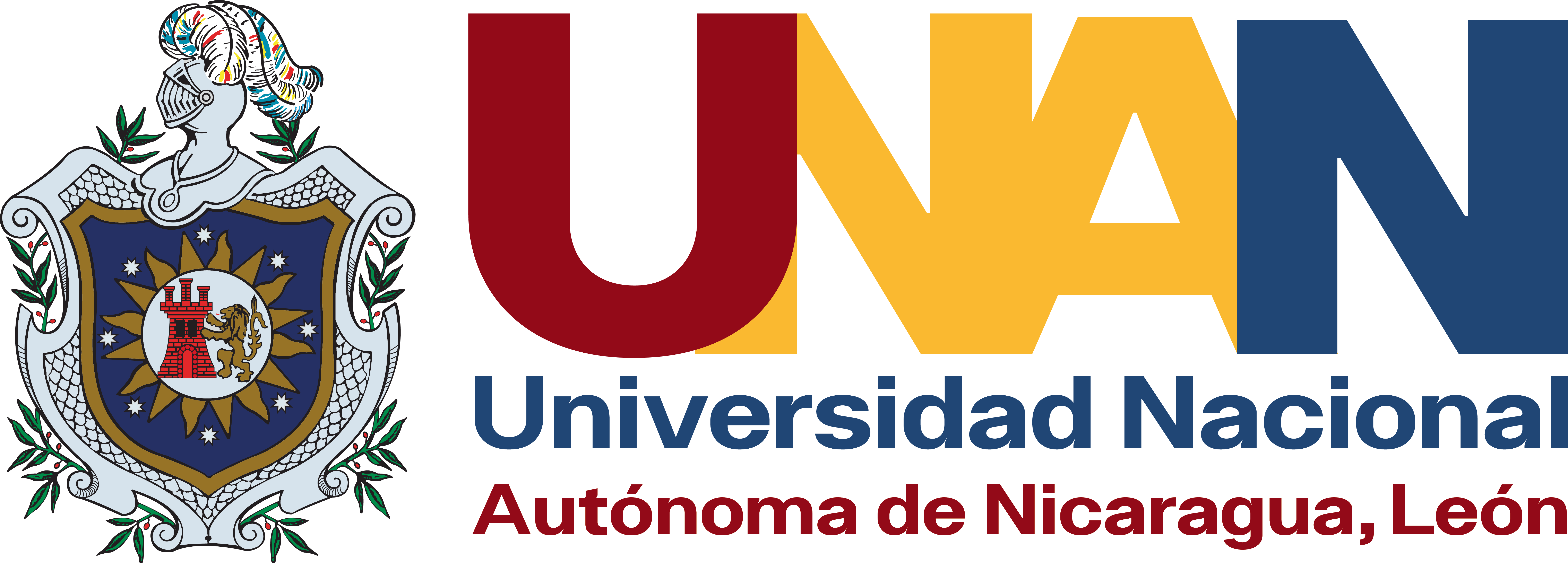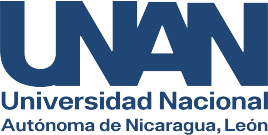Puntos críticos en la evaluación de impacto ambiental de la Camaronicultura en el Pacífico de Nicaragua, durante su proceso productivo: Producción de larvas, operación y abandono de Granjas
DOI:
https://doi.org/10.5377/universitas.v1i1.1631Palabras clave:
Estudio de impacto ambiental, Identificación de impactos, Caracterización de impactos, Contaminación del agua, Granjas camaronerasResumen
La camaronicultura es un sector productivo en aumento con un gran potencial, especialmente en la costa del Pacifico de Nicaragua. Actualmente se discute sobre sus posibles impactos ambientales. Este articulo trata, de identificar y caracterizar los principales impactos ambientales de su proceso productivo que ayude a señalar aquellos puntos críticos para la evaluación de impacto ambiental. Con este objetivo se visitaron tres empresas implicadas, en cada una de las etapas del proceso productivo: producción de larvas, operación y abandono de granjas camaroneras respectivamente, donde se realizaron entrevistas semi-estructuradas y observación directa en el campo. Uno de los principales puntos críticos identificados en la evaluación de impactos ambientales durante la operación de granjas camaroneras y la producción de larvas, resultó ser la contaminación del agua por descargas en cada ciclo productivo. Este posible impacto podría caracterizarse como un impacto directo, acumulativo y posiblemente irrecuperable sobre el medio acuático, con consecuencias significativas sobre el medio social, que a su vez es receptor de impactos derivados del abandono de granjas camaroneras al crear conflictos legales sobre la tenencia de la tierra.
Descargas
Citas
AdPESCA (Administración Nacional de Pesca, NI), (2002), Diagnostico de la actividad pesquera y acuícola. Managua, Nicaragua.1 disco compacto, 8mm.
boyd, C.E., (2001). Prácticas de manejo para reducir el impacto ambiental del cultivo de camarón. En Haws, M.C. y Boyd, C.E. eds. Métodos para mejorar la camaronicultura en Centro América. Managua, Nicaragua. Editorial Imprenta. p. 267-295.
Canter, Larry W., (1998), Manual de evaluación de impacto ambiental: técnicas para la elaboración de los estudios de impacto ambiental, Madrid, España, 2da edición. Editorial Mc.Graw Hill, p. 99-102
Clark, John G., (1995), "Economic development vs. sustainable societies: reflection on the player in a crucial contest", Annu. Rev. Eco. Syst, 26: 225-48.https://doi.org/10.1146/annurev.es.26.110195.001301
Estrada barcenas, E.A.,(2000), Implementación de un sistema de producción de larvas de camarón a escala comercial en el laboratorio de la Estación Biológica Marina Isla Santa Lucía. Tesis (Lic. en biología).Universidad Nacional Autónoma de Nicaragua, León, Nicaragua, 35 p.
Martínez, E., (2007). Acuicultura de camarones marinos L.vannamei en Nicaragua, un enfoque sostenible. Folleto para el componente curricular Acuicultura. Departamento de Biología, UNAN-León. León, Nicaragua. 101 p.
Medepesca (Ministerio de Economía dirección de Promoción y Desarrollo Pesquero, NI), (1997). Anuario pesquero y acuícola. Managua, Nicaragua. p.10,11
Ortega, S., (1996). Diagnóstico de las granjas camaroneras del Pacífico de Nicaragua. Informe Técnico. departamento de biología, UNAN-León. León, Nicaragua.
Otwell, S., Garrido, L., Garrido, V., Benner, R., (2001). Buenas prácticas de acuicultura para la calidad e inocuidad del producto. En Haws, María C. y boyd, Claude E. eds. Métodos para mejorar la camaronicultura en Centro América. Managua, Nicaragua. Editorial Imprenta. p. 169-231.
Rodríguez Gómez, G., Gil Flores, J., García Jiménez, E., (1996). Metodología de la investigación cualitativa.Málaga, España. Ediciones Aljiba. 378 p.
Saborio Coze, A., Bravo, J.R., (2002). Manual técnico para el cultivo de camarones marinos en Nicaragua. Managua, Nicaragua. UCA-CIdEA. 50 p.
Descargas
Publicado
Cómo citar
Número
Sección
Licencia
Derechos de autor 2007 Universidad Nacional Autónoma de Nicaragua

Esta obra está bajo una licencia internacional Creative Commons Atribución-NoComercial-CompartirIgual 4.0.
Copyright © 2025 Universitas (León), Revista Cientifíca de la UNAN-León. Uiversidad Nacional Autónoma de Nicaragua, León. Dirección Académica. Departamento de Investigación. Unidad de Publicaciones y Eventos Científicos.










